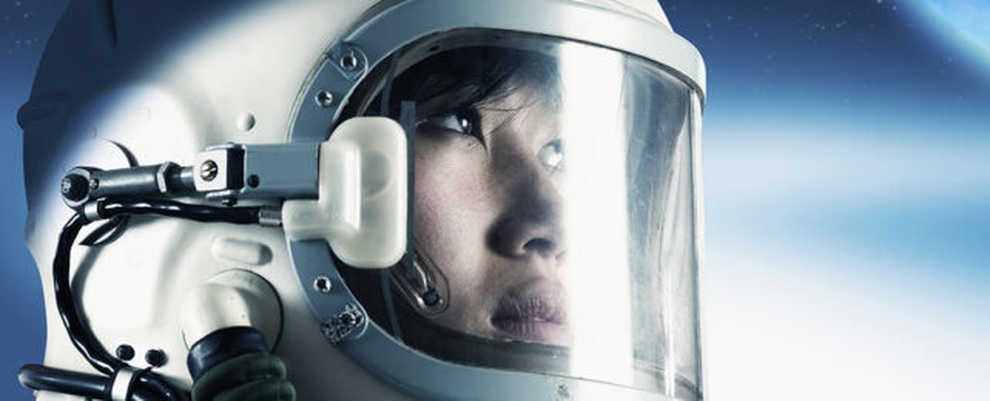
Astronauts can suffer vision damage (Illustration: Getty).
Researchers in the US focused on spaceflight-associated optic neuropathy syndrome (SANS), a term that describes vision impairment that occurs when spending extended periods in space.
While SANS symptoms may subside when astronauts return to Earth, recovery is not always smooth. Early identification of high-risk individuals allows for pre-flight precautions to be implemented.
“Our models show promising accuracy, even when trained on limited data,” said ophthalmologist Alex Huang (UC San Diego). “Essentially, we are using AI to provide physicians with a tool to predict which pathologies will develop in space, even before the astronaut leaves Earth.”
Because so few people have been to space, the dataset to train the model is still quite small. The team used a supercomputer at UC San Diego to develop a deep learning model that can detect eye features associated with SANS. The data included samples from people who had never been to space but had experienced simulated microgravity.
To increase the sample size, the team split the eye scans into thousands of slices, allowing the model to analyze each structure in detail. Once completed, the model was about 82% accurate in predicting SANS risk, based on pre-flight eye scans it had never been trained on.
Results showed that SANS-related ocular changes in simulated microgravity were highly consistent with data from actual spaceflight, suggesting that microgravity simulations reproduce key physiological effects on the eye.
“One of the most striking findings was the similarity in AI attention patterns between space data and Earth-based data,” said ophthalmologist Mark Christopher (UC San Diego). “This strengthens the argument that simulated data can be used to study space health, a very promising approach.”
By analyzing the areas where AI is concentrated, the study also provides further understanding of the mechanism of SANS formation, including changes in the retinal nerve fiber layer and retinal pigment epithelium at the back of the eye.
The research team emphasizes that the SANS detection system cannot be deployed immediately, but the long-term goal is to detect risks early, thereby building intervention strategies during space missions.
To make longer and more distant voyages possible, the space industry needs to address known health risks such as bone, cardiovascular and brain changes.
“The results and models from the study are still in the early stages, but this is a solid foundation. With more data and refinement, this technology could become an essential part of healthcare plans for future astronauts,” Dr. Huang said.
Source: https://dantri.com.vn/khoa-hoc/nha-du-hanh-vu-tru-co-the-bi-ton-thuong-thi-luc-ra-sao-20251114005938765.htm



![[Photo] Prime Minister Pham Minh Chinh meets with representatives of outstanding teachers](https://vphoto.vietnam.vn/thumb/1200x675/vietnam/resource/IMAGE/2025/11/15/1763215934276_dsc-0578-jpg.webp)



![[Photo] General Secretary To Lam receives Vice President of Luxshare-ICT Group (China)](https://vphoto.vietnam.vn/thumb/1200x675/vietnam/resource/IMAGE/2025/11/15/1763211137119_a1-bnd-7809-8939-jpg.webp)


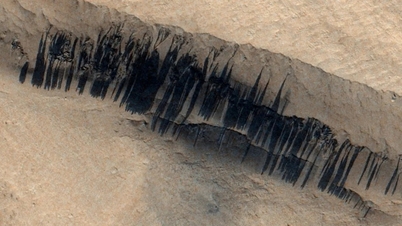









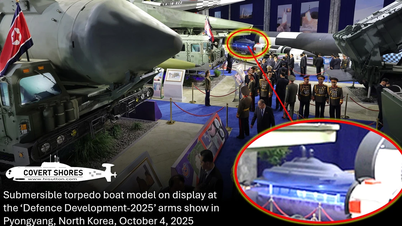































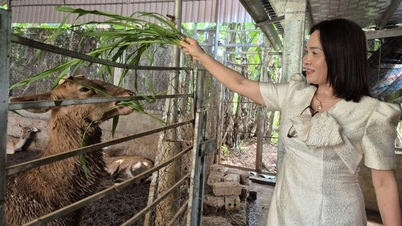




























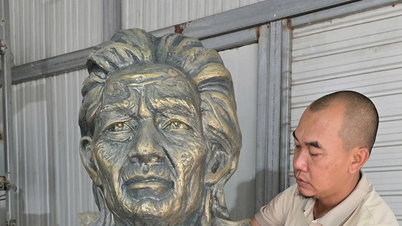



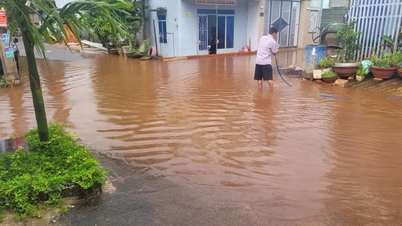



















Comment (0)